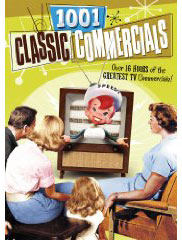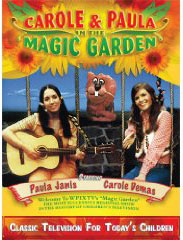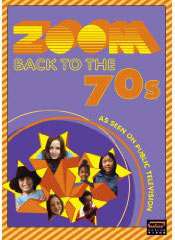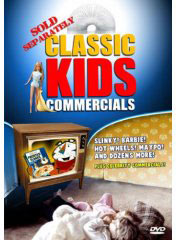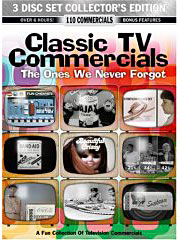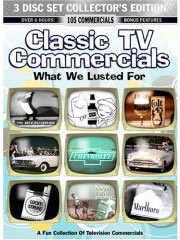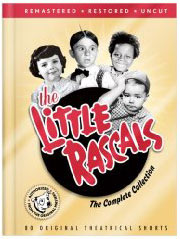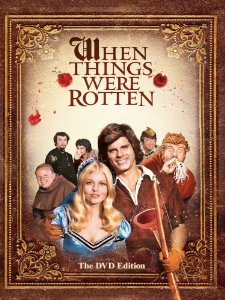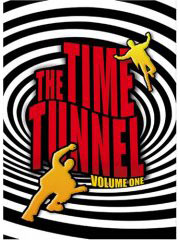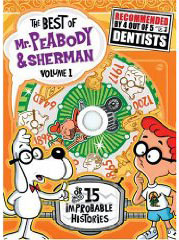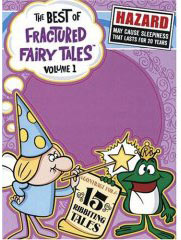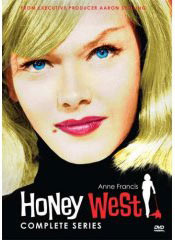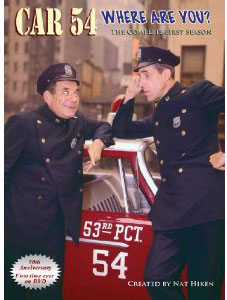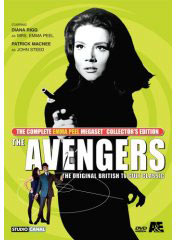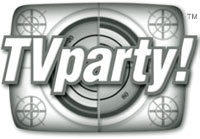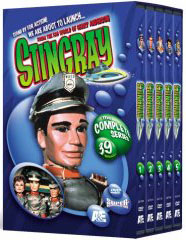 |
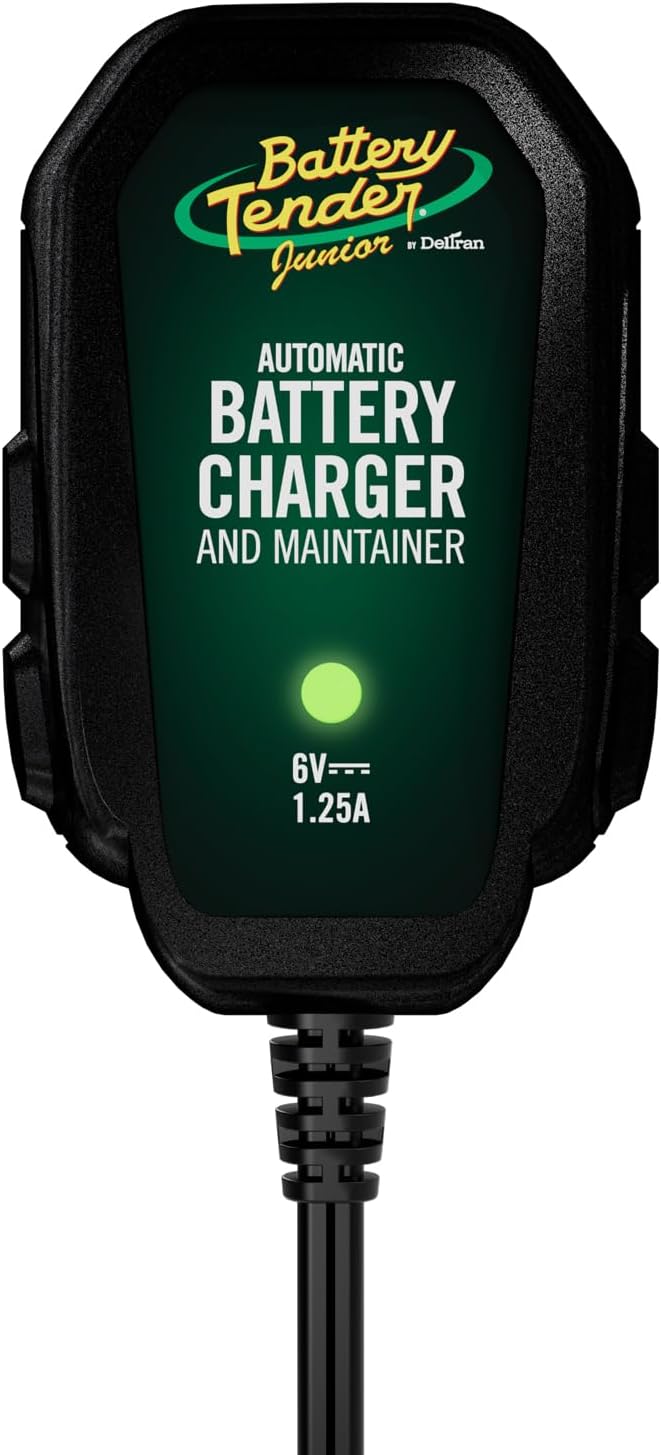 |
 |
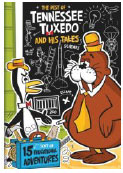 |
|||
|
"I'm
looking for Fireball XL-5, it had a theme song that
made the first TV Toons CD. I watched these at 9:30am Saturdays in the
1960's. They were puppets or marionettes . There was another that followed
later on that was set underwater but I don't remember the name. Help!"
Classic
TV
TV Guide's Fireball Xl-5 Page, with TV Listings, Photos, Videos, Exclusive News and More. TV Guide's Supercar Page, with TV Listings, Photos, Videos, Exclusive News and More.
THUNDERBIRDS
Fireball
XL5
"Could
you please investigate the connection between the Andersons' Thunderbirds
and Space: 1999?
"I believe a careful listening will reveal that both shows used the same incidental music. Also, it is apparent that many of the actors on Space: could have been replaced with marionettes and we never would have noticed." - G. Berkowitz |
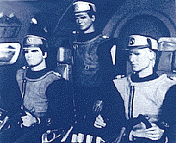 Between
1956 and 1969 a British based company operated by Gerry and Sylvia Anderson
produced a series of ten puppet (or more precisely - marionette) T.V.
shows for adults and children alike - so outstanding that one even went
into primetime on American network television. Between
1956 and 1969 a British based company operated by Gerry and Sylvia Anderson
produced a series of ten puppet (or more precisely - marionette) T.V.
shows for adults and children alike - so outstanding that one even went
into primetime on American network television.
What was different about these programs was that Anderson and his company had developed special sophisticated puppeteering techniques (later known as Supermarionation) which allowed them to build and use puppets that grew more lifelike as each successive series debuted. A mix of dramatic music, science, and special effects combined with meticulously detailed miniature sets and costumes, resulted in surprisingly lifelike - live action dramas, each staged in a futuristic setting. Each puppet character was unique, some sporting heavily caricatured facial features. Later programs featured puppet faces that were modeled on those of the artists who actually supplied their voices. A complex electronic lip-sync mechanism was fitted into each puppet which enabled its mouth to move at the same time the artist spoke.
SUPERCAR! Supercar (1961) was the story of an amazing new vehicle and of those who used it to combat evil. Supercar had eight rockets which, like it's retractable wings, were electronically operated. At the beginning of each B&W episode the vehicle would rise majestically through its hangar roof doors and zoom off somewhere at around 1500 miles per hour. When on land or while travelling roadways, Supercar didn't actually touch the ground, but hovered just off the surface. A periscope was brought into use when it was necessary for Supercar to travel under water.
I cannot help but remember many an afternoon spent underneath the kitchen table imitating the preceding days' episode of Supercar, well fitted out with mach Supercar gear including an old rotary phone for communications, mom's egg beater for navigation, and an old paint can to use for steering. In comparison to many of Anderson's other TV series which were to follow, Supercar was a very basic, very primitive, sci-fi adventure, far removed from the sophistication and explosive drama of Thunderbirds. As I look at these episodes decades later, I find them to be innocently wholesome and virtuous in the sense that they conveyed a message to kids (and adults alike) that good will always triumph over evil - an expression as fresh and contemporary today as it was 40 years ago when the series premiered. Don't laugh, George Lucas made millions with that concept and in many ways owes a great debt to pioneers like Anderson.
Fireball XL5 could be split into two halves, the larger main section and a smaller command section up front from which the entire ship could be controlled. The command section, or "Fireball Junior", could detach from the main body of the ship and land on planets (using rockets and landing legs), while the main part of the spacecraft remained in orbit. (Pretty sophisticated thinking for the early 1960's, mirroring the concept of the Apollo Command Module / Lunar Excursion Module relationship which got us to the moon.) The crew of Fireball XL5 included Colonel Steve Zodiac, its handsome pilot, Venus, his romantic love interest and doctor of space medicine, and Robert the clear glass encased Robot. Robert spoke a language which is best described as "mechanical English". What was interesting about Robert was that once ordered to do something he would not stop until he was finished his command which made for some interesting predicaments. Aside from Fireball XL5 itself, the series also featured ships such as for Space Rescue, Robot Supply, and those operated by aliens. (friendly or otherwise)
For me, the coolest thing about Fireball XL5 was when it took off from Space City. Here, the spacecraft, positioned on a rocket booster launch platform, would fire, sending it down a long launch rail. Just before the end of the rail, having picked up enough speed, Fireball XL5 would separate from the rocket boosters and take off. I remember the joy I experienced playing with this very toy - launching and recovering Fireball XL5 for hours on end.
International Rescue's headquarters were based on a remote pacific island where the organization's founder, former Astronaut Jeff Tracy, along with his five sons operate a variety of highly sophisticated vehicles, each tailored to the needs of a given emergency. Other characters included "Brains", the genius who invented the rescue machines, a London based agent, "Lady Penelope", and her faithful butler "Parker". The rescue machines, respectively called Thunderbirds 1 through 5, included a reconnoitering rocket, a freight plane hauling one of six different equipment pods, a space faring vehicle, a submarine, and a spacestation which ceaselessly circled the Earth, monitoring the airwaves for distress calls.
Stingray was based in a large underground pen located deep beneath the WASP headquarters building at Marineville. When called into action from their base, the Stingray crew would slide down "Injector Tubes" which transported them into their positions on the submarine. Stingray was then lowered into the water to speed down a long submerged tunnel to a secret ocean door from which it emerged undetected into the open ocean.
Scarlet, a special agent of Spectrum, originally was killed by the Mysterons and duplicated. Fortunately for us good guys, an accident broke the Mysteron control over the duplicate Scarlet, leaving him with the ability to recover from fatal wounds thus enabling him to became an indestructible soldier of good for Spectrum. This series was my least favorite, it's tone was dark and depressing. The model sets were primarily of earth with a lot of vehicular action sequences.
|
TV
on DVD/
/Holiday
Specials on DVD
|
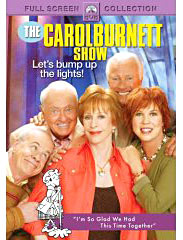 |
 |
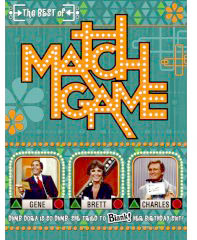 |
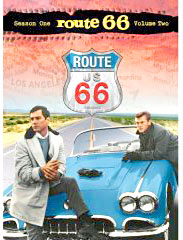 |
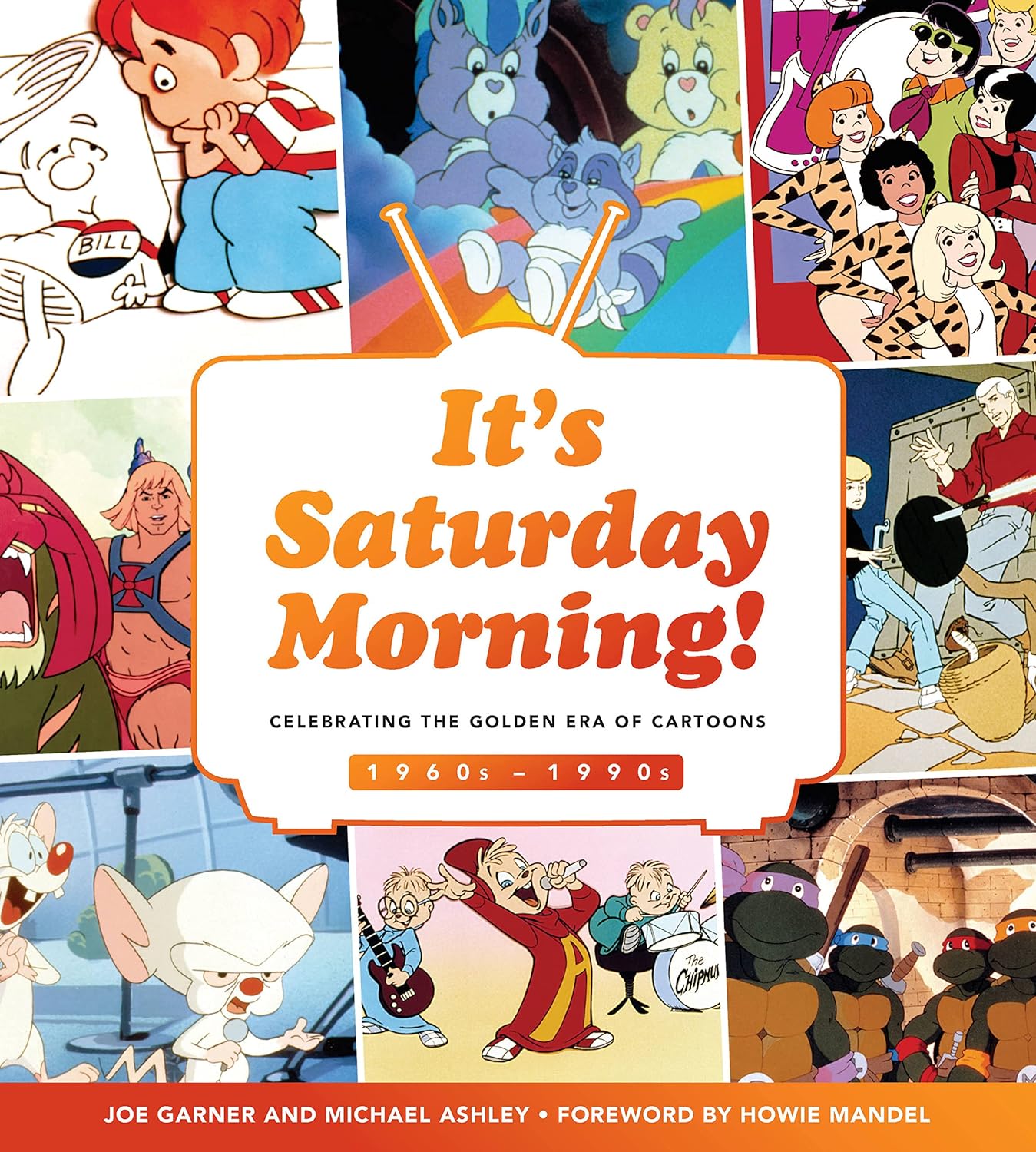 |
||
|
||||||||||||||
 Contact Us / Classic TV DVDs TV Blog |
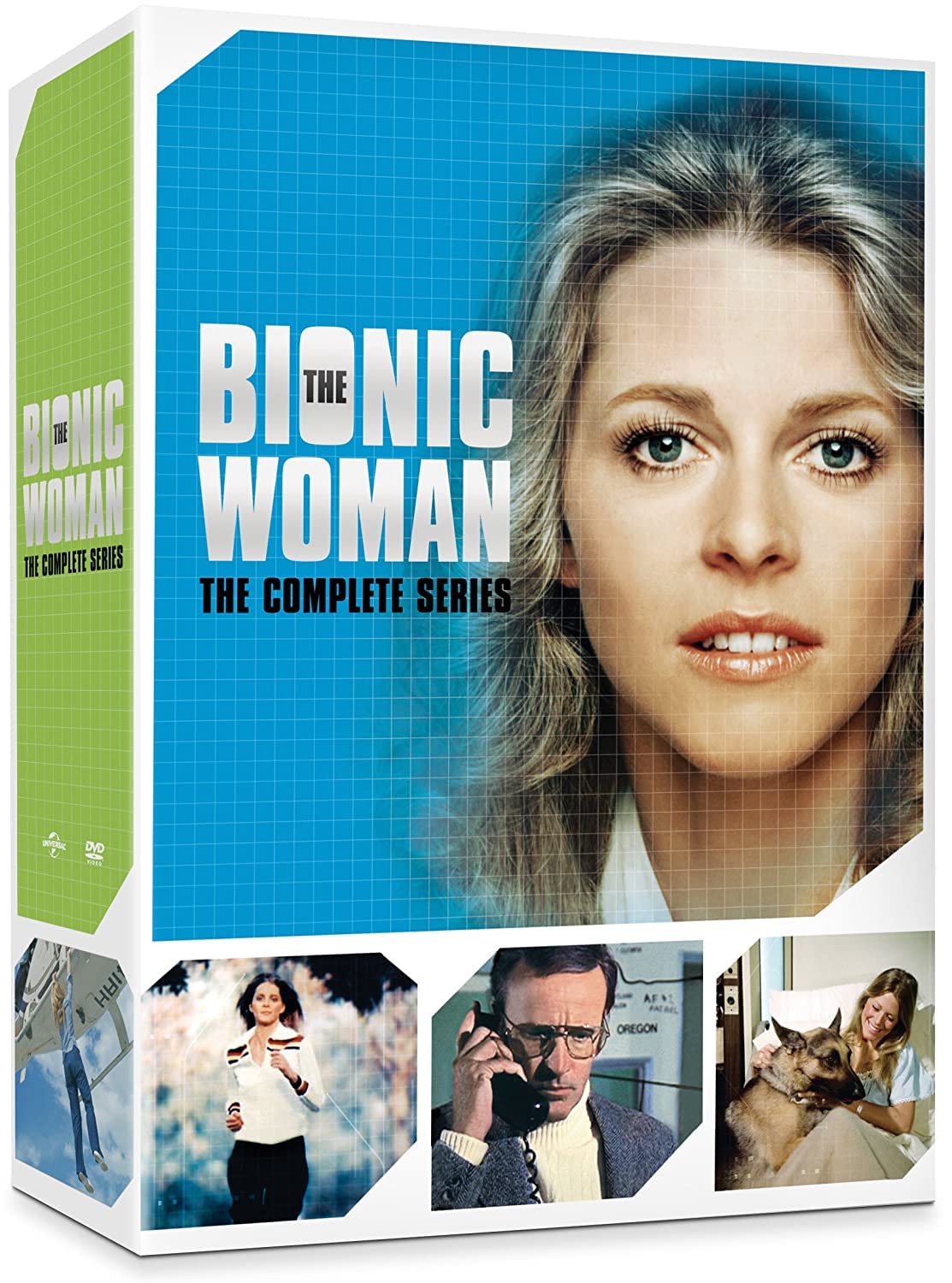 |
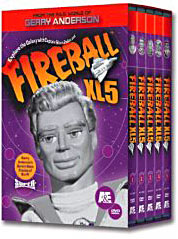
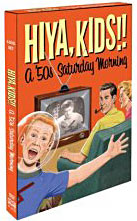

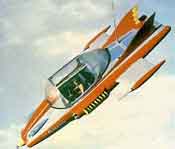
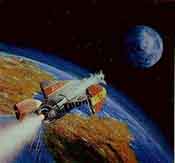
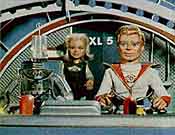
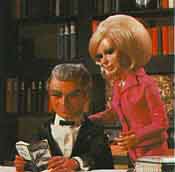
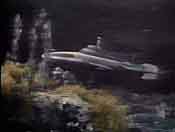
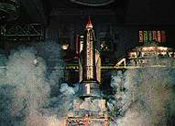
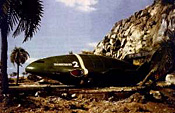

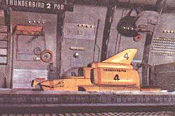
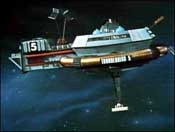
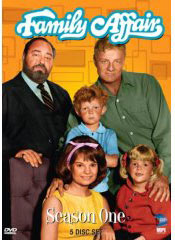
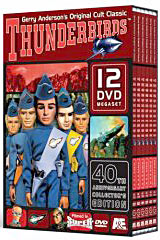
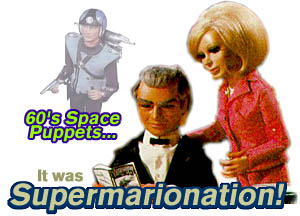
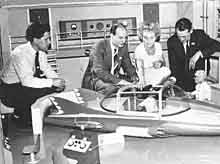 Of the 10 series Anderson produced,
I had 5 favorites. They were (chronologically): Supercar (1961), Fireball
XL5 (1962), Thunderbirds (1964), Stingray (1964), and Captain Scarlet
(1967). Each successive series was a substantial jump from the preceding
one in terms of concept, direction, style and sophistication.
Of the 10 series Anderson produced,
I had 5 favorites. They were (chronologically): Supercar (1961), Fireball
XL5 (1962), Thunderbirds (1964), Stingray (1964), and Captain Scarlet
(1967). Each successive series was a substantial jump from the preceding
one in terms of concept, direction, style and sophistication.
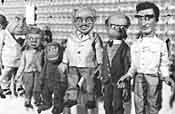 The primary characters of the series were
its test pilot, Mike Mercury, best described as a cliché hero who flew
Supercar and was often called upon to save his friends from treacherous
criminals. Co-inventors of Supercar were Professor Popkiss and Doctor
Beaker who apparently were modeled after Werner Von Braun's team of
thickly accented German rocket scientists. Ten year old Jimmy Gibson,
orphaned following a plane crash, was saved by Mercury and Supercar,
and he along with a mischievous pet monkey named Mitch were also regulars
on the show. The group lived and worked in an isolated laboratory deep
in the heart of the Nevada desert where Supercar was based. Each new
adventure brought Supercar and its heroes to peril and triumph.
The primary characters of the series were
its test pilot, Mike Mercury, best described as a cliché hero who flew
Supercar and was often called upon to save his friends from treacherous
criminals. Co-inventors of Supercar were Professor Popkiss and Doctor
Beaker who apparently were modeled after Werner Von Braun's team of
thickly accented German rocket scientists. Ten year old Jimmy Gibson,
orphaned following a plane crash, was saved by Mercury and Supercar,
and he along with a mischievous pet monkey named Mitch were also regulars
on the show. The group lived and worked in an isolated laboratory deep
in the heart of the Nevada desert where Supercar was based. Each new
adventure brought Supercar and its heroes to peril and triumph.

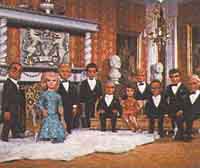
 Captain Scarlet (1967), was
a story about a secret war between Martian aliens called Mysterons and
the forces of good on Earth under a global military organization called
Spectrum. What was novel about this, the last and most technically advanced
production of Anderson's Supermarionation series, was that it brought
a new look to puppetry. Essentially these puppets were exact duplicates
of human beings. So realistic were they, that the original Captain Scarlet
series concept called for a special guest star puppet in each episode
which was to be modeled closely on a famous actor or actress. If you
look closely you can easily identify your favorite British and American
stars.
Captain Scarlet (1967), was
a story about a secret war between Martian aliens called Mysterons and
the forces of good on Earth under a global military organization called
Spectrum. What was novel about this, the last and most technically advanced
production of Anderson's Supermarionation series, was that it brought
a new look to puppetry. Essentially these puppets were exact duplicates
of human beings. So realistic were they, that the original Captain Scarlet
series concept called for a special guest star puppet in each episode
which was to be modeled closely on a famous actor or actress. If you
look closely you can easily identify your favorite British and American
stars.
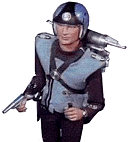 The plot of this series pitted the
Mysterons that could use special powers to destroy people or things
on earth and then create exact duplicates of them which would be under
their control, essentially to do evil.
The plot of this series pitted the
Mysterons that could use special powers to destroy people or things
on earth and then create exact duplicates of them which would be under
their control, essentially to do evil.

